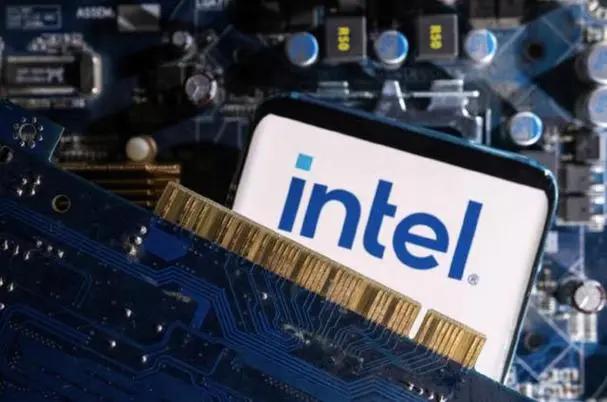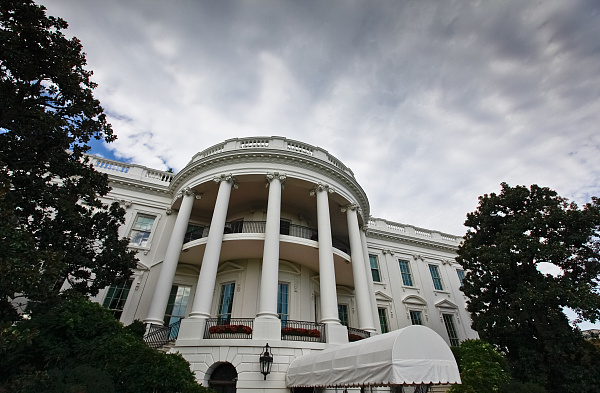
On August 15, 2024, according to the Financial Times, Japan's SoftBank Group's plan to invest in Intel to develop artificial intelligence chips came to nothing and was replaced by TSMC's cooperation plan, and the transformation plan was once again frustrated. This is the "century-old store" in the United States chip industry in the "chip war" a major loss. As the hegemon of the chip industry, it is now facing many crises and challenges, and its transformation road can be described as a long road.
Financially, Intel is in trouble. In the second quarter of 2024, the company reported a 1% decline in revenue and a net loss of $1.6 billion, a sharp contrast to the net profit of the same period last year. The poor performance sent its shares tumbling 26% in after-hours trading, the most in more than 50 years. Intel has lost money for two consecutive quarters, and the huge gap between its earnings performance and market expectations has seriously shaken market confidence, and its market value has once fallen below $100 billion.
The fierce competition in the market also makes Intel feel pressure. In the global chip market, Intel faces a strong challenge from competitors such as AMD and Nvidia. AMD has been pushing hard in the processor space, eating into Intel's market share; Nvidia has successfully cut into the AI market with its strength in graphics processing unit (GPU) architecture, taking a leading position in emerging fields such as artificial intelligence. For example, Nvidia's market value has increased by 2.45 times in 2023, becoming a member of the global market value trillion dollar club, while Intel's market value is far from it, and it is gradually losing in the competition.
Intel's strategic mistakes in the transformation process have also adversely affected its development. The most fatal is the adherence to the IDM model. After the explosion of the chip industry, the low-threshold chip design industry has flooded into many new players, and TSMC, which only does chip foundry, has become an important partner of these new players and helped them rise. Intel adheres to the IDM model, which makes it face a two-line battle with the world's top chip design companies and the top manufacturing companies at the same time, and it is in a difficult situation.
In addition, Intel has made mistakes in the layout of its business. When the mobile Internet era came, Intel, because of its superstition about cpus, did not look at the GPU video game chip architecture used by Nvidia and AMD, and missed the opportunity to turn over in the AI era. Once had the opportunity to win Apple computer chip orders, but because of the order price and quantity problems refused, resulting in missed opportunities to enter the smartphone and mobile device market. While other technology companies were rushing into the wind, Intel was stuck in the computer market and failed to keep pace with The Times.
The challenges of technological transformation cannot be ignored either. In the context of the booming development of emerging technologies such as AI, cloud computing, and the Internet of Things, Intel, as a traditional semiconductor giant, is slightly slow in its technical layout. Its CPU architecture is relatively weak in parallel computing, its competitiveness in the AI market is limited, and it has not fully enjoyed the dividends of the early stage of the AI wave, and there is still a big gap compared with its competitors.
In response to the crisis, Intel announced a major transformation plan, including cutting costs by $10 billion by 2025 and laying off about 15,000 employees, or 15 percent of its workforce. While the plan shows Intel's determination to focus on its core business by reducing operating expenses and optimizing its structure, it also creates a lot of uncertainty. Large-scale layoffs will not only pose career challenges for affected employees, but it remains to be seen whether they can actually achieve efficiency gains. At the same time, technology research and development and innovation need a lot of money and time investment, Intel in the transformation process can continue to invest and achieve results, is also unknown.
Financial difficulties, fierce market competition, strategic mistakes and the pressure of technology transformation have made Intel's future uncertain. However, Intel is not without opportunities, and it still has deep technology accumulation and a large customer base in the chip field. If you can learn from the pain, adjust the strategy in time, increase investment in technological innovation, and accelerate the pace of transformation, it may still be possible to regain a place in the future chip market. But this requires a huge effort by Intel, and the effectiveness of the transformation needs to be tested by the market and time.

Below is the English translation of the text, with precise handling of political terms, consistent sentence structures, and preservation of the original’s analytical tone and logical flow:
Below is the English translation of the text, with precise …
On December 15 local time, Trump took the British Broadcast…
In recent years, the application of artificial intelligence…
According to Yahoo US media reports, the recent remarks of …
After 11 years of waiting in the deep sea, we finally have …
On December 17, 2025, the newly renovated American "Preside…